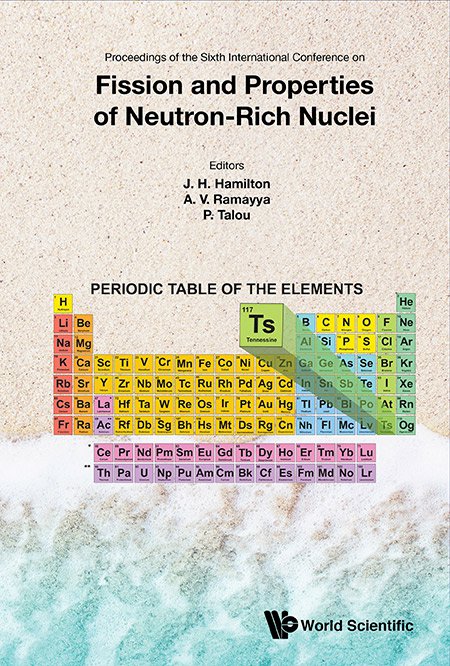Experimental Measures of Fission Time Scales
The nuclear fission process involves a drastic rearrangement of the nuclear matter of the fissioning system as it undergoes shape changes from a single, compact nucleus to two separated fission fragments. Understanding the dynamics of this process has been the focus of much research for decades, both theoretical and experimental, using a number of different approaches. Early on, Kramers [1] proposed that the fission rate is not well described by the statistical counting of transition states as proposed by Bohr and Wheeler [2] but that the friction or viscosity of the nuclear matter can play a substantial role in slowing down the rate by large factors. Aside from the theoretical estimates of fission time scales, a number of different approaches have been used to obtain experimental information on this quantity. Although the divergence of results obtained by the different experimental approaches have been known for years, these discrepancies have not yet been resolved and they have recently received renewed attention [3]. In this paper I will recount some of the experimental approaches to estimate the fission time scales and discuss their respective strengths and weaknesses without coming close to provide a resolution of the discrepancies.



